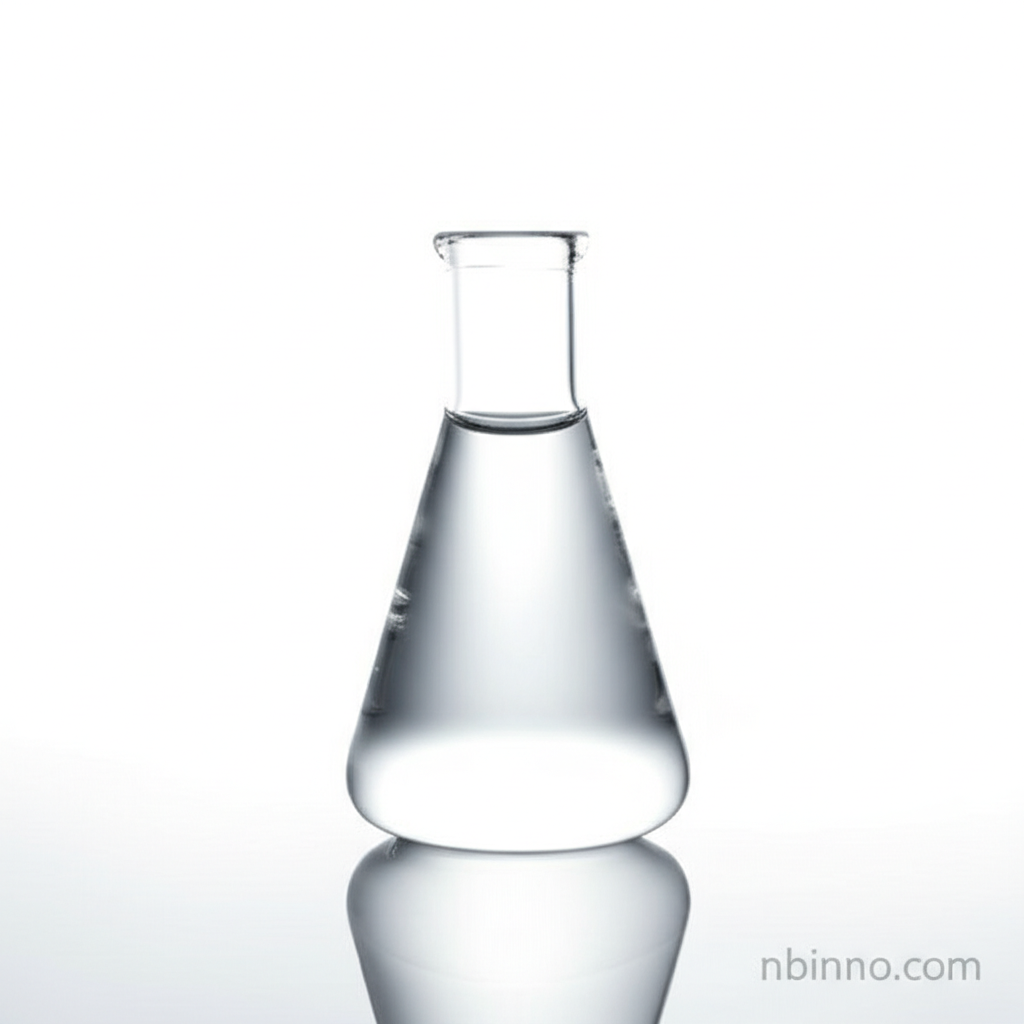Amino-2-propanol: Your Essential Fine Chemical for Diverse Industries
Discover the versatile applications and superior performance of Amino-2-propanol, a key ingredient across multiple sectors.
Get a Quote & SampleProduct Core Value

Amino-2-propanol
Amino-2-propanol, also known as Monoisopropanolamine (MIPA), is a colorless liquid chemical with CAS number 78-96-6. It's a fundamental fine chemical raw material recognized for its exceptional foaming properties and stability, and its effectiveness in dissolving grease, making it a prime choice for industrial synthetic detergents.
- Leverage Amino-2-propanol foaming properties for enhanced detergent formulations.
- Utilize isopropanolamine as a cosmetic base when reacted with thioglycolic acid, offering specialized benefits.
- Employ isopropanolamine in the fiber industry as a surfactant, refining agent, antistatic agent, dyeing auxiliary, and wetting agent for improved material processing.
- Benefit from its phosphates and nitrites, which serve as effective antioxidants for various lubricating oils and cutting oils, extending equipment life.
Product Advantages
Enhanced Foaming and Stability
Experience superior performance with Amino-2-propanol's excellent foaming properties and stability, crucial for industrial synthetic detergents and personal care products.
Versatile Chemical Intermediate
Its dual functionality as a cosmetic base precursor and a fiber processing aid makes Amino-2-propanol a highly versatile intermediate in various chemical syntheses.
Superior Antioxidant Properties
The application of isopropanolamine derivatives as antioxidants in lubricating and cutting oils contributes to better machinery protection and longevity.
Key Applications
Industrial Detergents
Thanks to its remarkable foaming properties and ability to dissolve grease, Amino-2-propanol is a key component in industrial synthetic detergents.
Cosmetics Formulation
When reacted with thioglycolic acid, Amino-2-propanol serves as a valuable base ingredient in the formulation of cosmetic products.
Fiber Industry
In the fiber industry, it functions as a surfactant, refining agent, antistatic agent, dyeing auxiliary, and wetting agent, optimizing textile processing.
Lubricants and Metalworking Fluids
Its derivatives act as antioxidants for lubricating oils and cutting oils, enhancing their performance and protective qualities.
